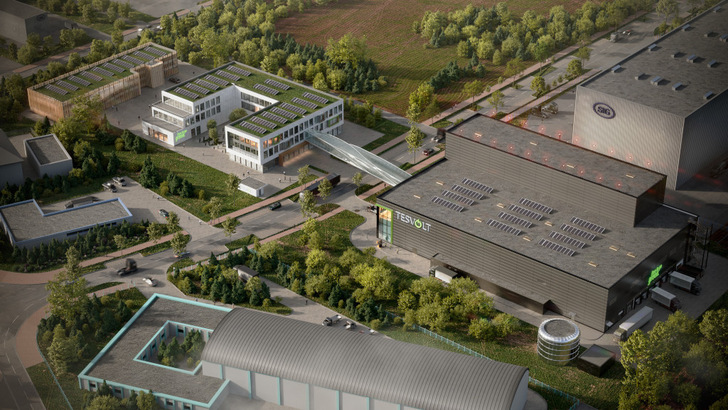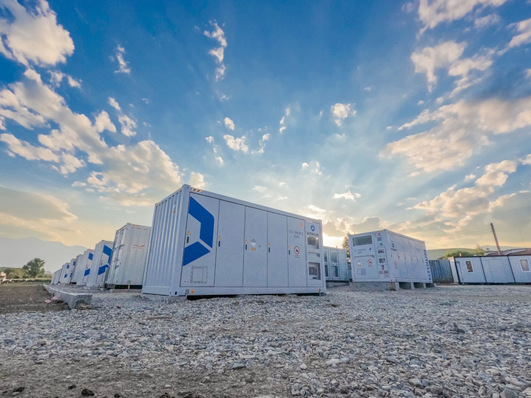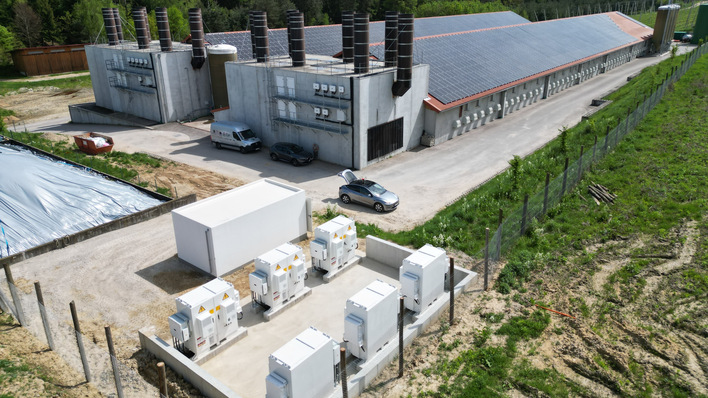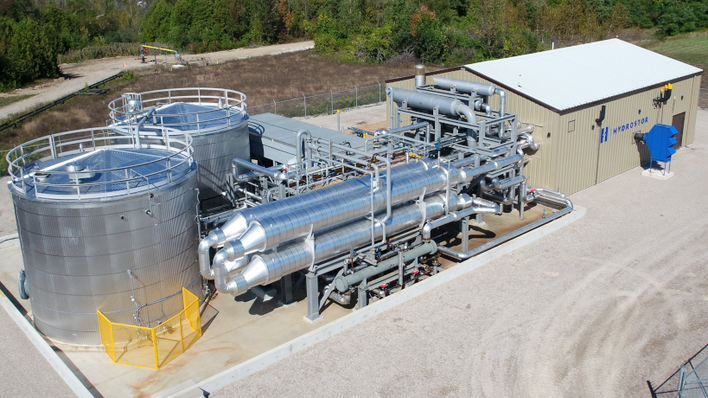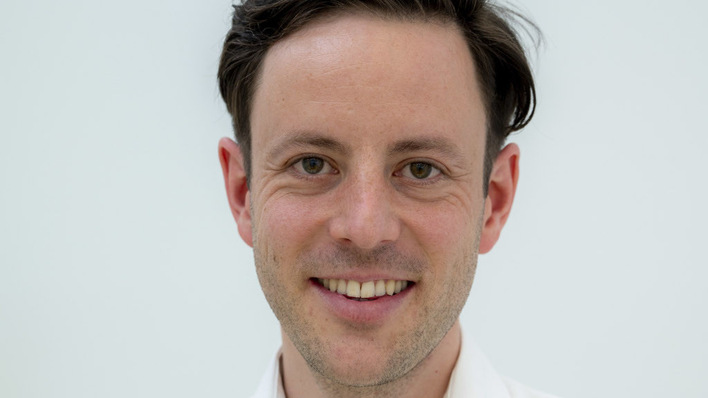The storage manufacturer Tesvolt will build another gigafactory in Lutherstadt Wittenberg in Saxony-Anhalt. After the company inaugurated its first gigafactory two and a half years ago, the demand for storage units has developed so rapidly that the previous production capacities are no longer sufficient. That's why Tesvolt is spending about 60 million euros to expand production.
Flexible and scalable production possible
The new plant will have an automated production line for battery storage units with a capacity of up to four gigawatt hours per year. The production lines will be equipped with robots, making them not only efficient but also flexible and allowing for scalable production. Tesvolt is also planning an additional research and development centre. Tesvolt plans to start construction work this spring. The new factory should be ready in 2024.
80,000 storage systems per year planned
When full production capacity is reached, more than 400 employees in Wittenberg will design and manufacture storage units on two floors with 6,000 square metres of space, ship them or work on further and new developments of storage units. "Our new Gigafactory is expected to produce up to 80,000 storage systems per year in the future - this corresponds to a tenfold increase in the current production output," says Daniel Hannemann, CEO of Tesvolt. "With this milestone, we are contributing to more international independence of the European energy transition."
For more articles on solar investments, have a look at our new information channel.
Training rooms for installers
In addition to production, a fully automated high-bay warehouse will also be built, enabling Tesvolt to quadruple its storage capacity. In addition to the development building, Tesvolt is also building a visitor centre with an exhibition room, training rooms for installers, two lecture halls and a video study. Production in Wittenberg will be completely climate-neutral. This is because Tesvolt is installing small wind turbines on the building and, of course, equipping the roofs with photovoltaic systems. Surplus electricity is collected in the factory's own TESVOLT battery storage units. The heat supply is ensured by air heat pumps and heat recovery. (su/mfo)
See also:
Christian Loeffler of Tesvolt: The new storage series E for industry and commercial users
Electric travel on Lake Constance
Fraunhofer ISI: Tenfold increase in battery production capacities by 2030


